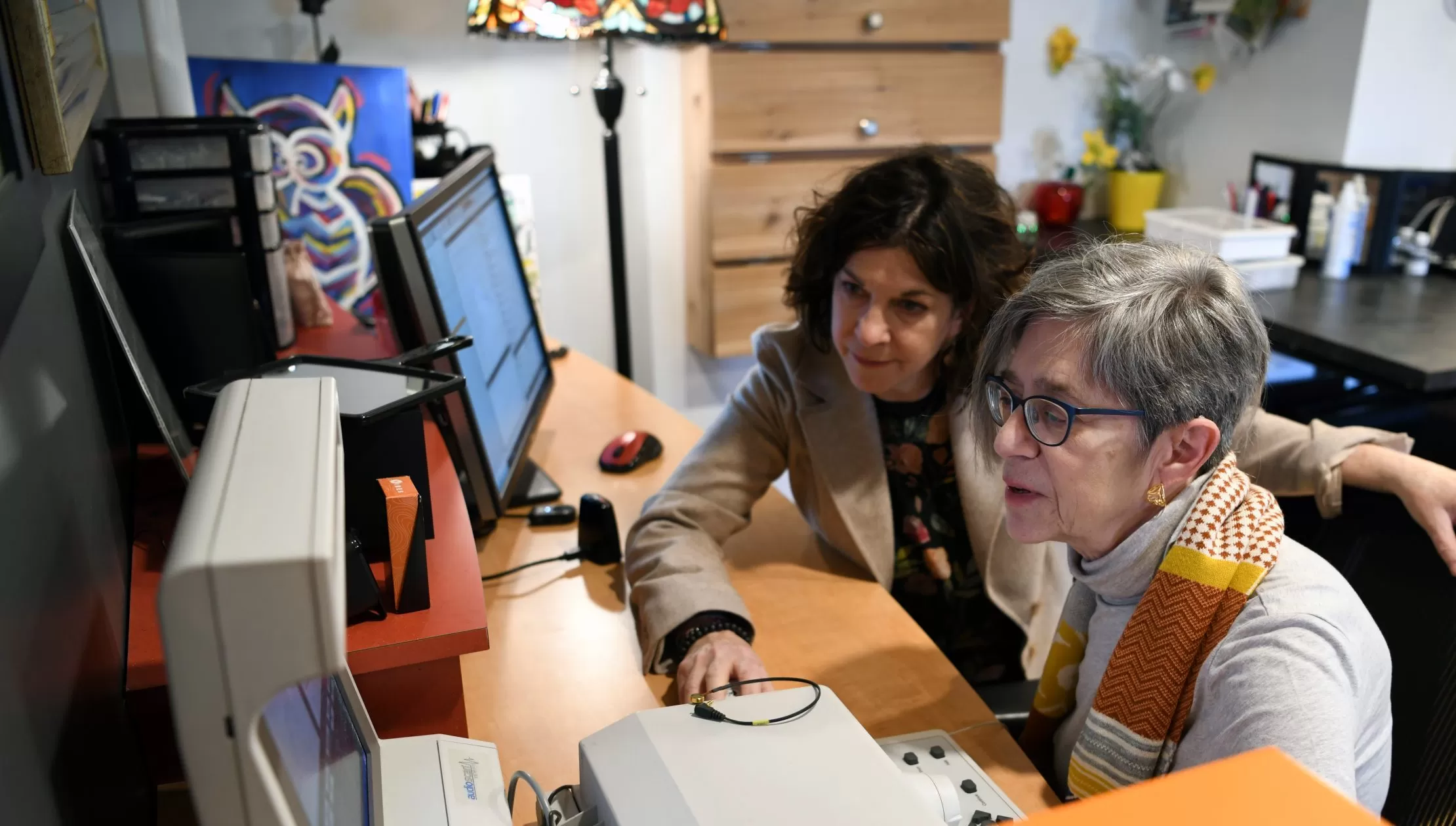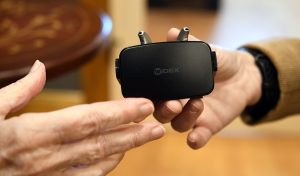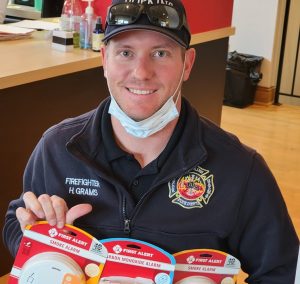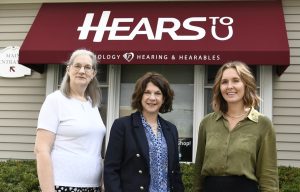Understanding Requirements for Hearing Tests in Minnesota for Hearing Aid Fittings
Hearing tests are important for several reasons:
- Early Detection of Issues: They help identify hearing problems early, even before you notice symptoms. This early detection can prevent further deterioration of hearing.
- Treatment Planning: Results from hearing tests help audiologists like Kim Fishman determine the best course of action for the treatment or management of hearing loss. This might include hearing aids, assistive listening devices, or medical interventions.
- Monitoring Changes: Regular hearing tests allow audiologists to monitor any changes in your hearing over time. This helps in adjusting treatments as well as devices as needed.
- Overall Health Monitoring: Hearing loss can sometimes be a symptom of underlying health conditions. A hearing test can alert healthcare providers to these issues, prompting further investigation and treatment.
- Improving Quality of Life: Addressing hearing loss through tests and appropriate interventions can significantly improve quality of life. It helps people stay connected socially, perform better at work or school, and enjoy everyday activities more fully.
A typical hearing test, conducted by audiologists like Kim Fishman, usually involves several steps to assess your hearing abilities comprehensively:
-
Case History:
- The audiologist will start by asking you questions about your medical history, any symptoms you may be experiencing, and your exposure to noise or other factors that could affect your hearing.
-
Physical Examination of the Ears:
- The audiologist may examine your ears using an otoscope to check for any physical issues that could affect your hearing, such as earwax buildup or abnormalities.
-
Pure Tone Audiometry:
- This is the core part of the hearing test. You will be seated in a soundproof booth and wear headphones or earphones. The audiologist will play tones of different frequencies (pitch) and intensities (loudness) through the headphones. You will be asked to respond each time you hear a sound, typically by pressing a button or raising your hand. This helps determine the softest sounds you can hear across different frequencies.
-
Speech Testing:
- This assesses how well you can understand speech. You will listen to recorded speech through the headphones and repeat back words or sentences. This helps the audiologist understand how clearly you hear speech at a comfortable level.
-
Middle Ear Testing:
- Sometimes, tests like tympanometry or acoustic reflex testing are conducted to assess the function of the middle ear and the reflexes of the ear muscles.
-
Bone Conduction Testing:
- In cases where there may be a concern about the inner ear or middle ear function, bone conduction testing may be performed. This involves placing a bone oscillator behind the ear to bypass the outer and middle ear and directly stimulate the inner ear.
-
Speech-in-Noise Testing:
- This evaluates how well you can understand speech in noisy environments, which is important for assessing real-world hearing abilities.
-
Results Explanation:
- Once all tests are completed, the audiologist will explain the results to you. They will discuss any hearing loss detected, its type and severity, and recommendations for treatment or management, which may include hearing aids or other interventions.
Throughout the process, audiologists will ensure you understand each step and the implications of the results. They will work with you to develop a plan to address any hearing concerns and improve your overall hearing health.
In Minnesota, licensed hearing aid dispensers and audiologists are authorized to conduct comprehensive hearing evaluations, which typically include air conduction, bone conduction, and speech testing.
Key Components Related to Prescription Hearing Testing Protocol as per Minnesota State Regulations:
When conducting hearing tests in Minnesota for the purpose of prescribing hearing aids, the dispenser must adhere to the following protocol:
- Comply with the United States Food and Drug Administration warning regarding potential medical conditions as required by Code of Federal Regulations, title 21, section 801.422.
- Complete a comprehensive case history of the client’s hearing.
- Inspect the client’s ears using an otoscope.
- Conduct and document the following tests on both ears of the client. If any of these tests cannot be performed according to FDA guidelines, an audiologist must evaluate the hearing and determine the need for a prescription hearing aid:
- Air conduction at 250, 500, 1,000, 2,000, 4,000, and 8,000 Hertz. Test interoctave frequencies when there is a difference of 20 dB or more between adjacent octave frequencies.
- Bone conduction at 500, 1,000, 2,000, and 4,000 Hertz for any frequency where the air conduction threshold exceeds 15 dB HL.
- Monaural word recognition (discrimination), with a minimum of 25 words presented for each ear.
- Loudness discomfort level (monaural), for establishing the maximum power output setting of a prescription hearing aid.
- Use masking in all tests whenever necessary to ensure accurate results. If you’re considering getting a hearing evaluation or fitting hearing aids in Minnesota, it’s important to seek services from a licensed professional who adheres to state regulations and can provide comprehensive care.
Why Wait? We are Here to Help!
Ready to take the leap and hear what you’ve been missing? At Hears to U, we believe in turning up the volume on life together. Did you know? Many wait 7 to 10 years before addressing their hearing. Don’t delay—visit Hears to U for hearing tests in Minnesota today. Your hearing is too important to put off! We make it easy for you! Plus we are a provider under many insurance plans. We are not in the TruHearing or any other third party network. That is for another post.
It truly is better on the other side!
Cheers, Kim





